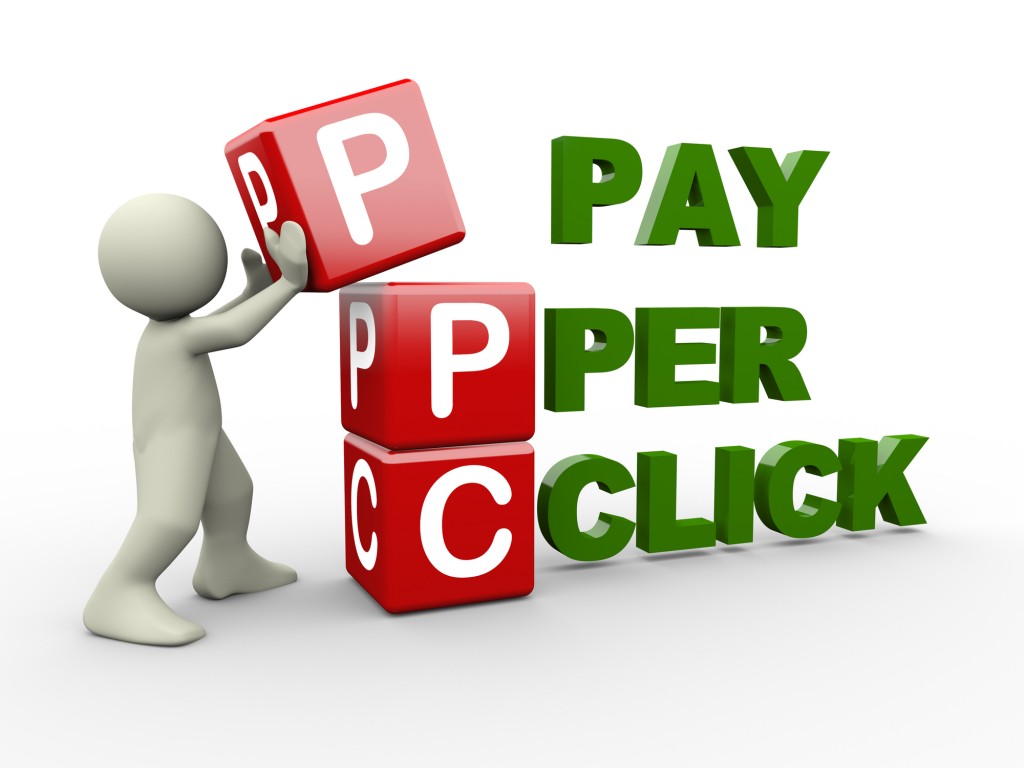The advantages and disadvantages of injection moulding in product design
Having been created in the 1940s and continually refined in the years since then, injection moulding is a technology that has greatly increased the flexibility that is possible within product design. This manufacturing process involves forcing molten materials into a die or mould and then allowing them to cool, which allows the end result to take on the physical characteristics of the mould’s hollow or cavity. It all sounds quite simple, but it has had the effect of revolutionising mass production and allowing designers to make the most of the many possibilities that plastic offers.
There are, of course, many advantages to this process, including that it can be used for seemingly any and every plastic product imaginable, from bottle caps and DVD cases to car dashboards and children’s toys. Certainly, for mass-produced items such as these, the costs per unit can be kept low, thanks to the ability that it gives to make such products in the same mould time and time again. The continuous new developments in the field of injection moulding are allowing designers to use plastics in much more technical ways, increasing various products’ functionality whilst decreasing their weight. Such new developments also better ensure quality and repeatability.
Nonetheless, it’s also true that this manufacturing process comes with certain limitations. These naturally include that you can only create one, whole, solid piece at a time with any one mould, although this is a restriction that has been overcome by alterations by the designer and manufacturer to a particular product design.
Indeed, the bottom line is that there are hardly any options available for the manufacture of a particular design, other than injection moulding. Certainly, if there are any alternative options available, they are unlikely to be as labour-efficient as injection moulding, which has established itself as a manufacturing process that is vital to modern society.
The Article is written by www.agentdraw.co.uk providing Product Design and Plastic Injection Tool Making. Visit http://www.agentdraw.co.uk for more information on www.agentdraw.co.uk Products and Services___________________________Copyright information This article is free for reproduction but must be reproduced in its entirety, including live links and this copyright statement must be included. Visit www.agentdraw.co.uk for more services!



